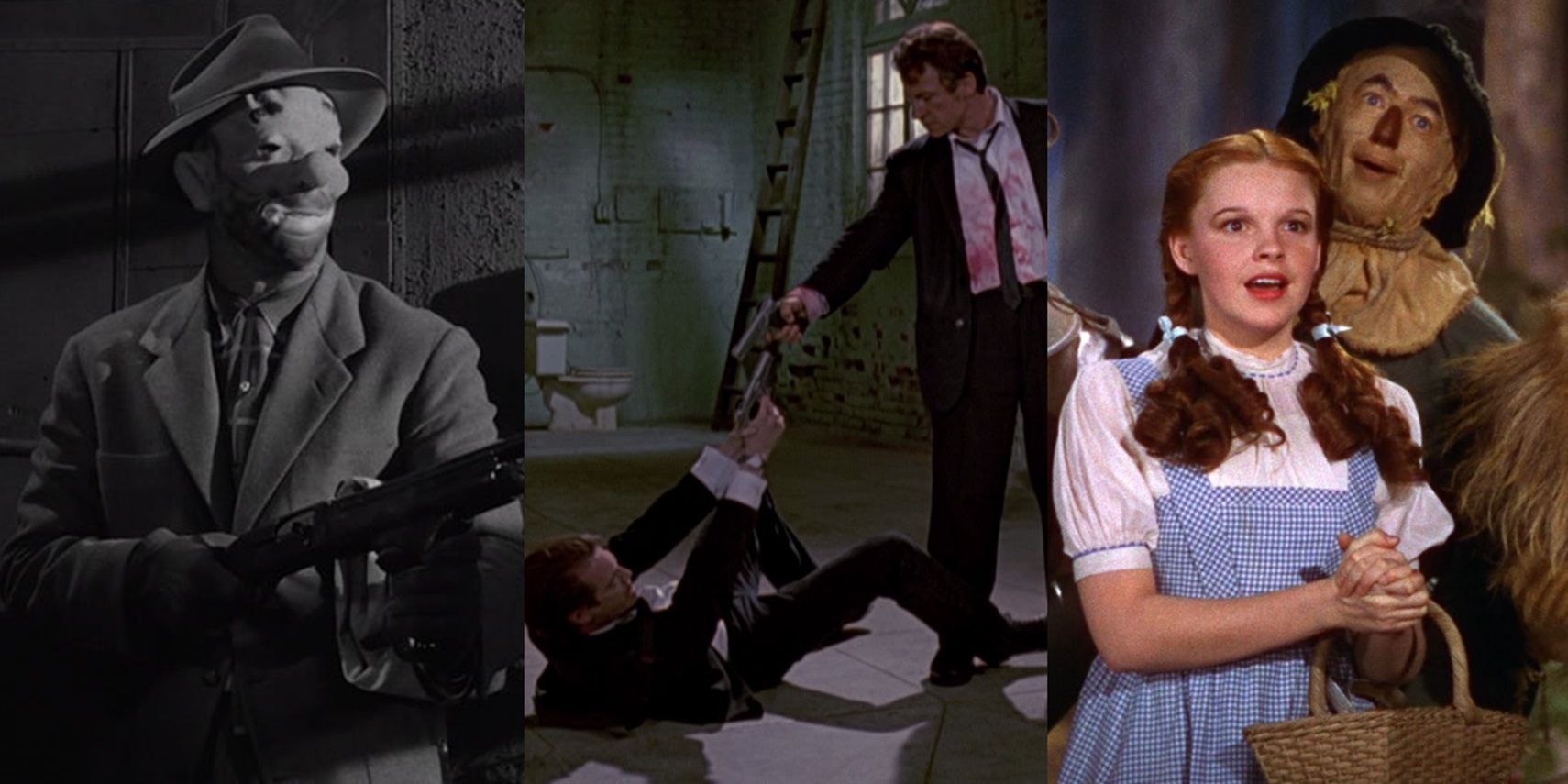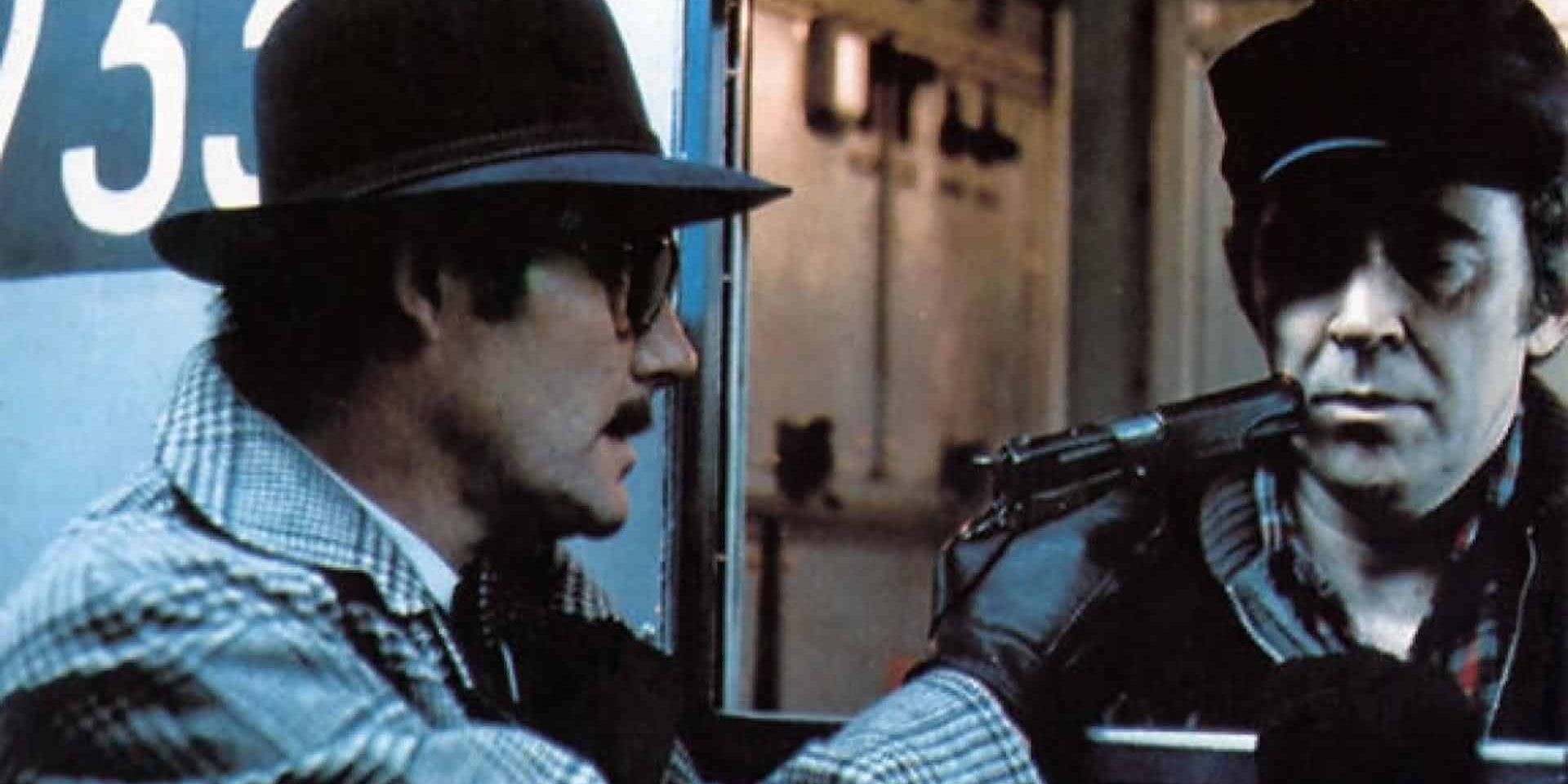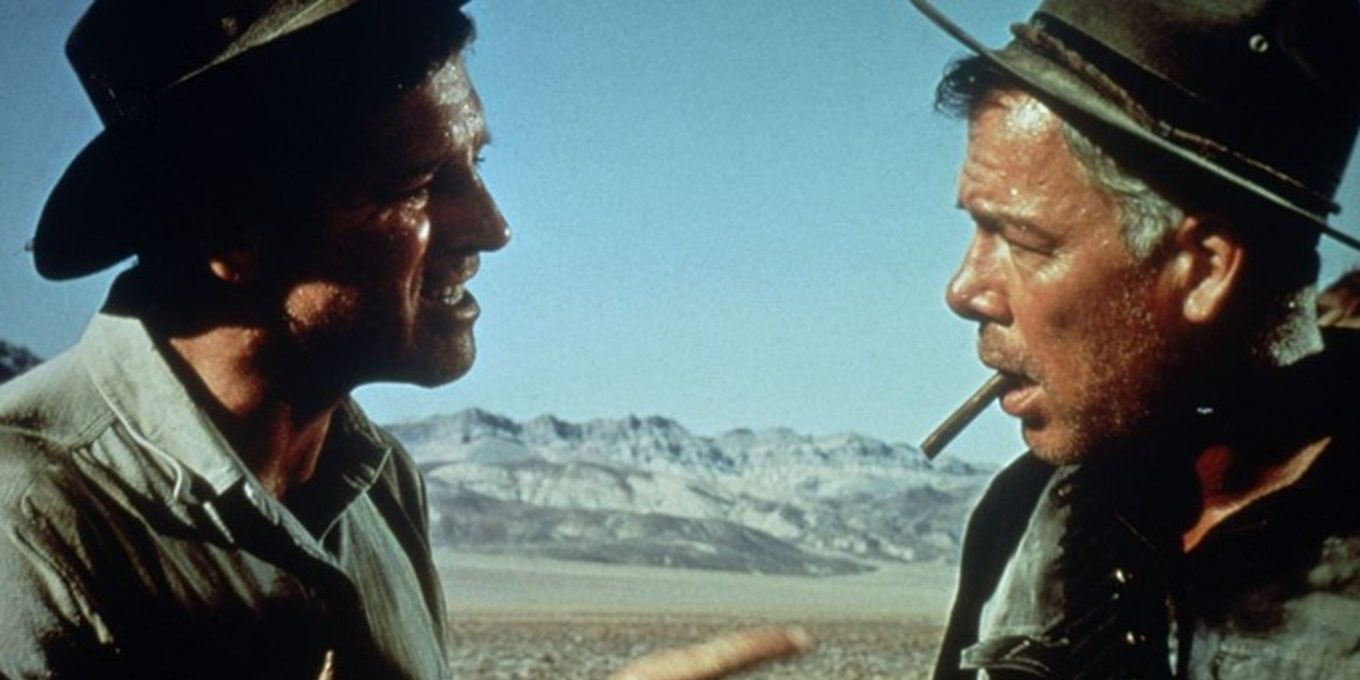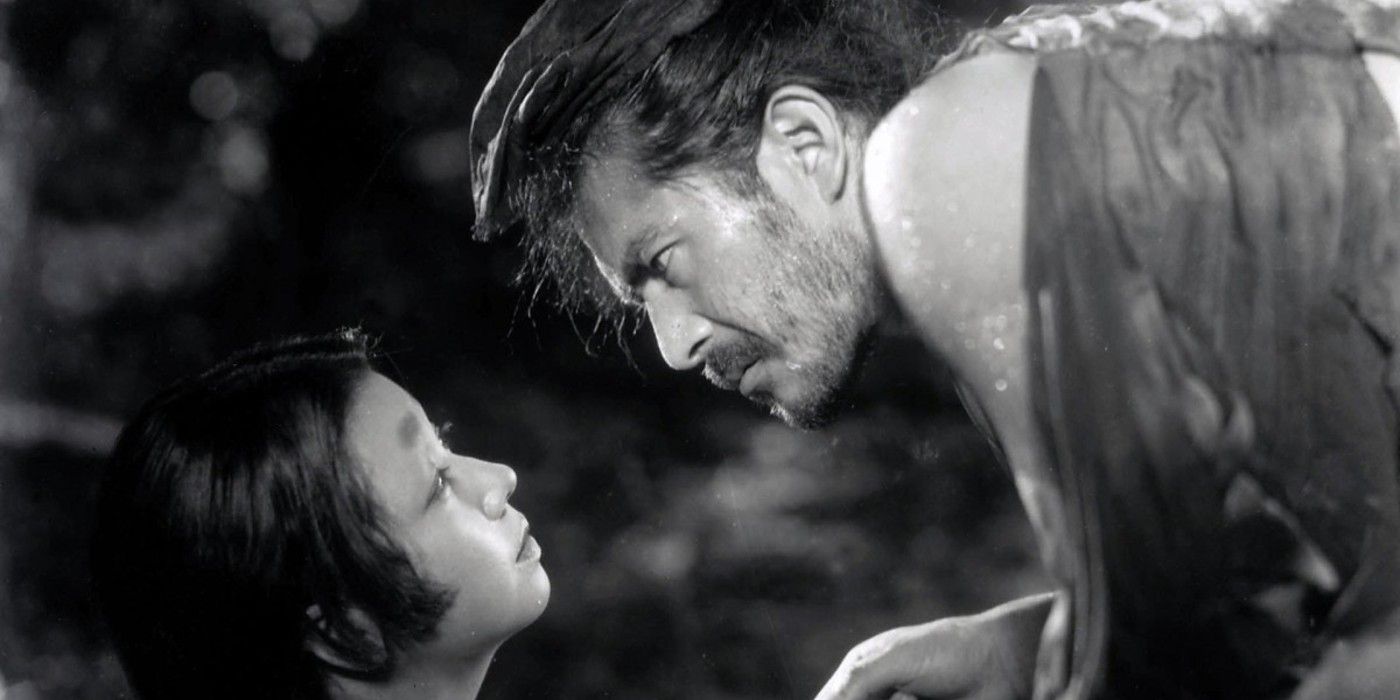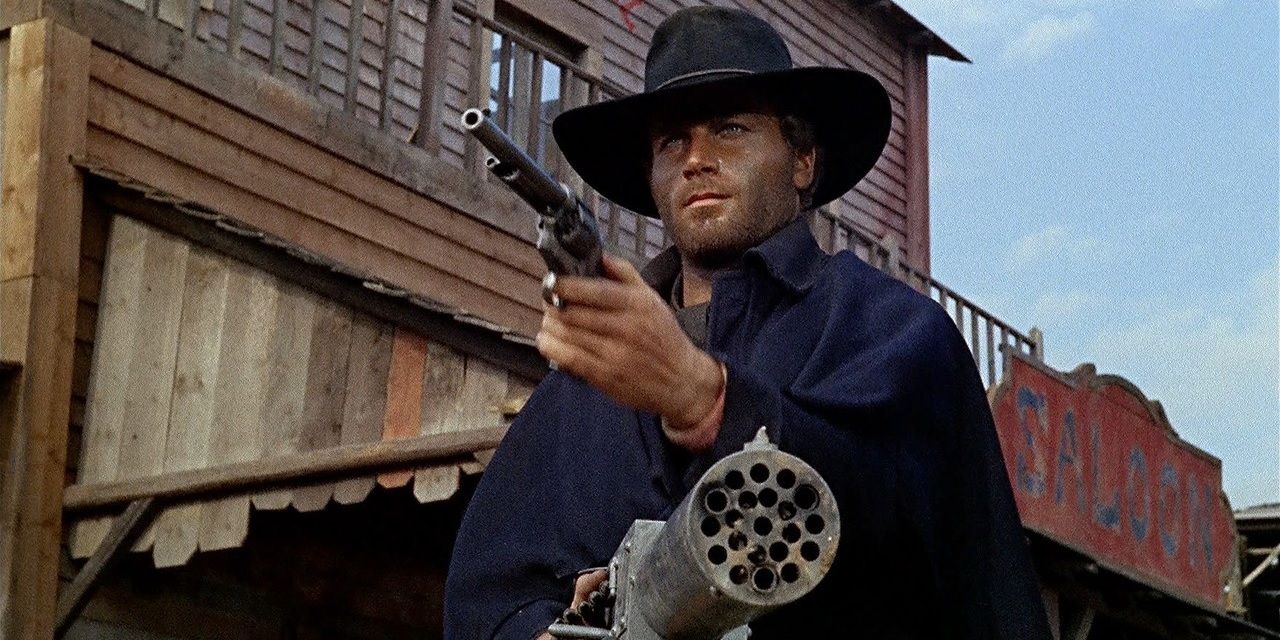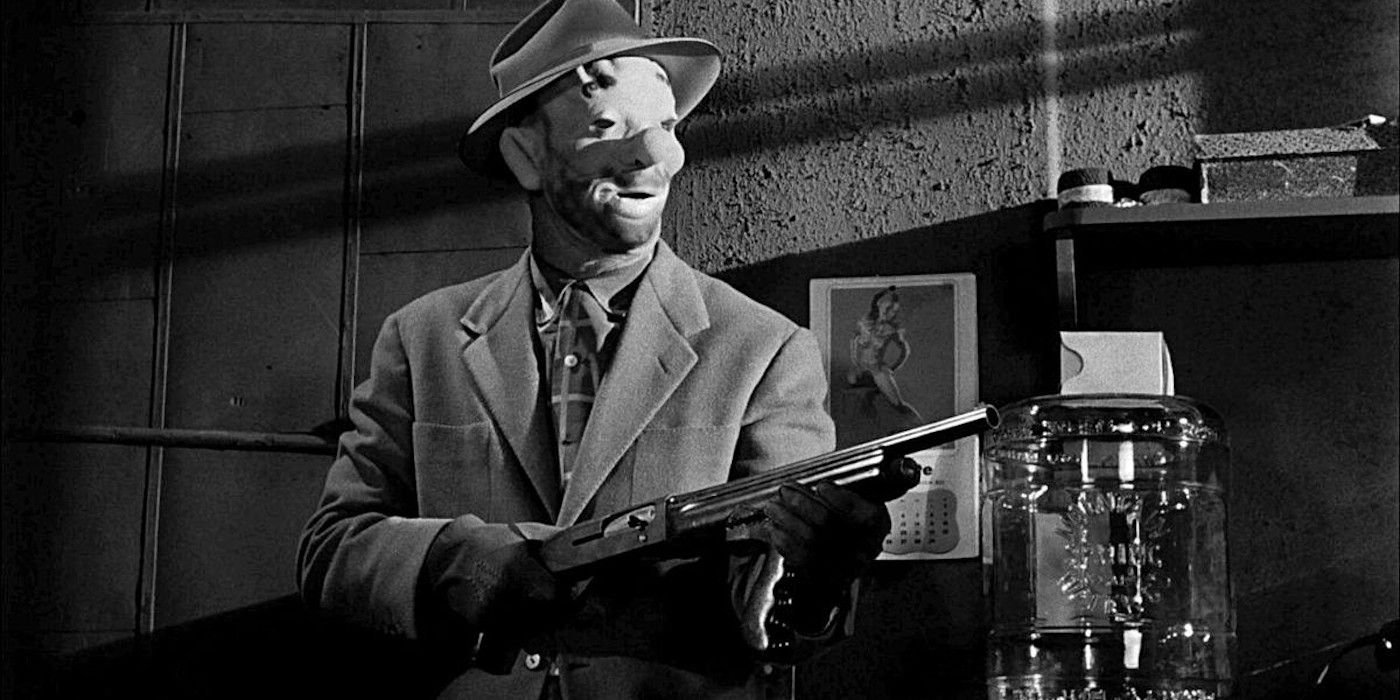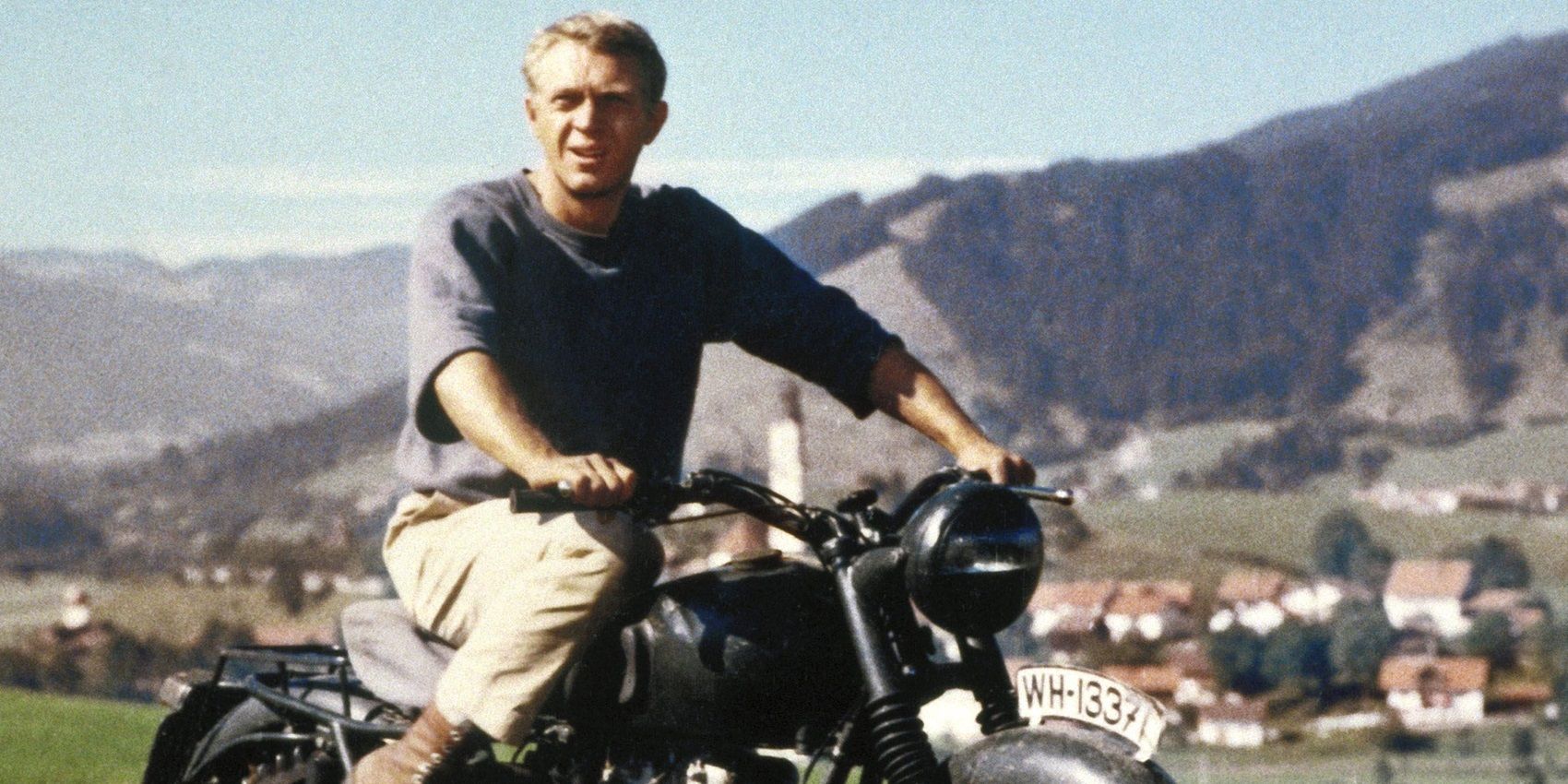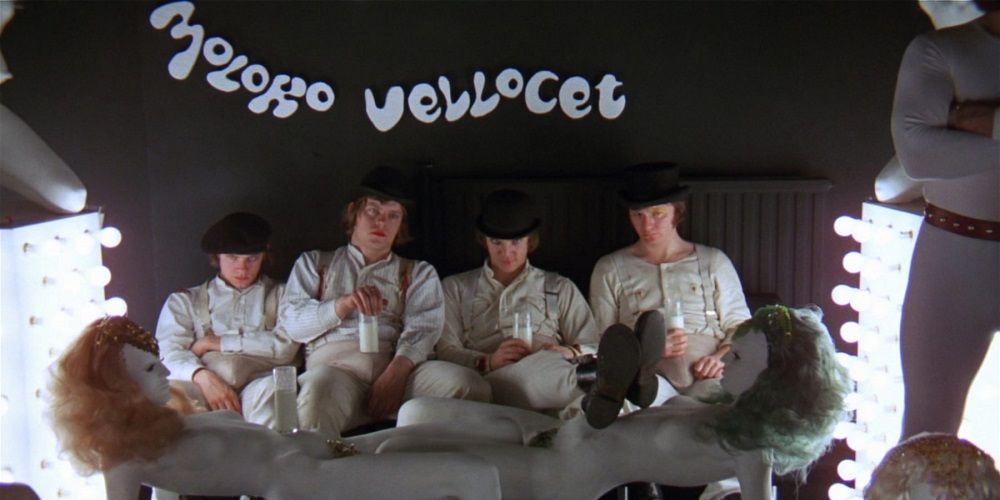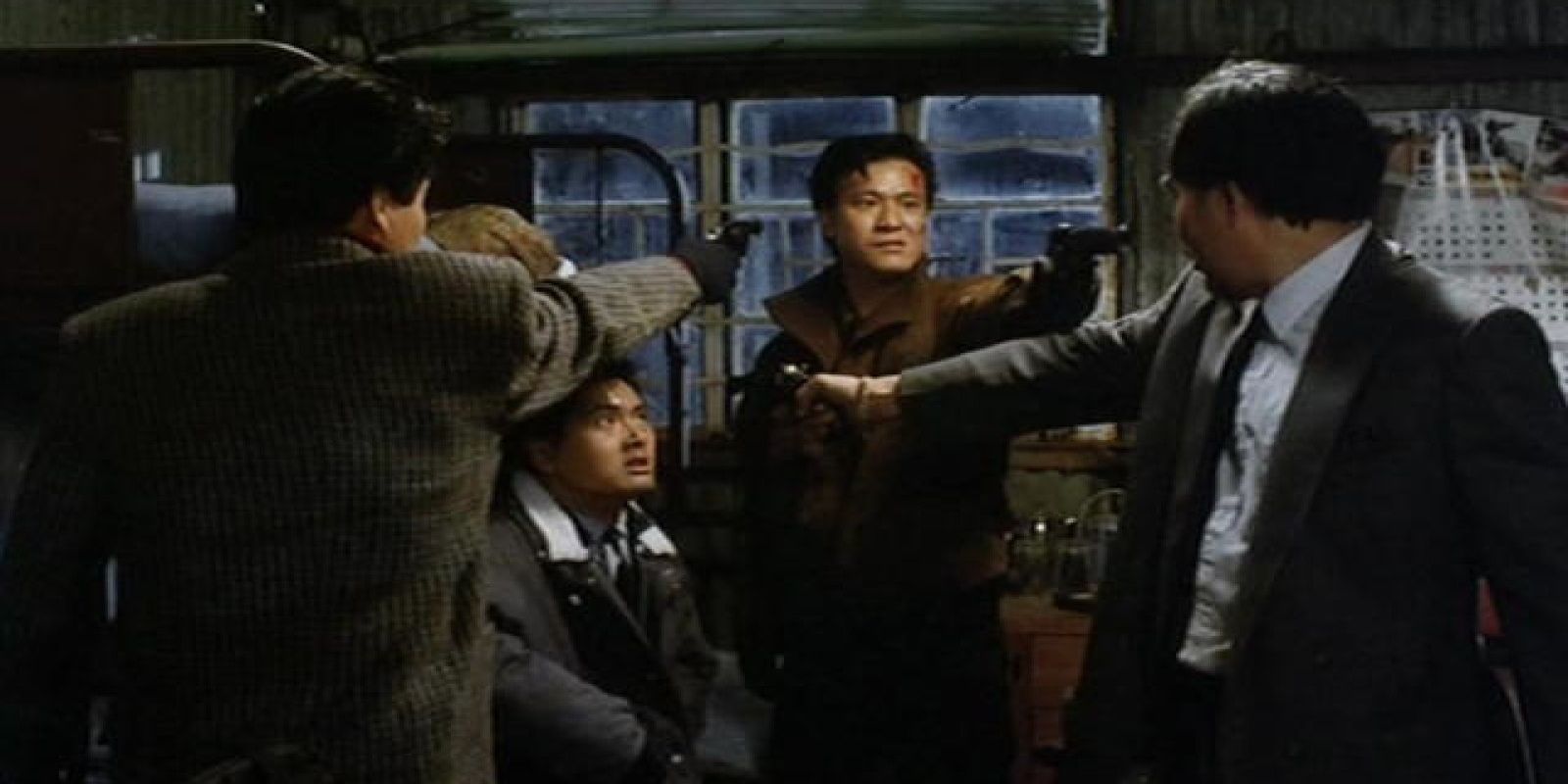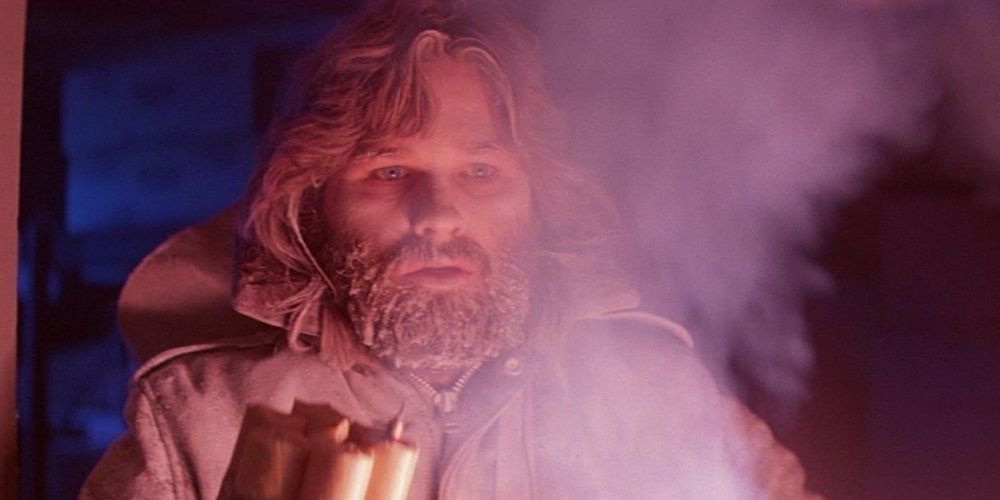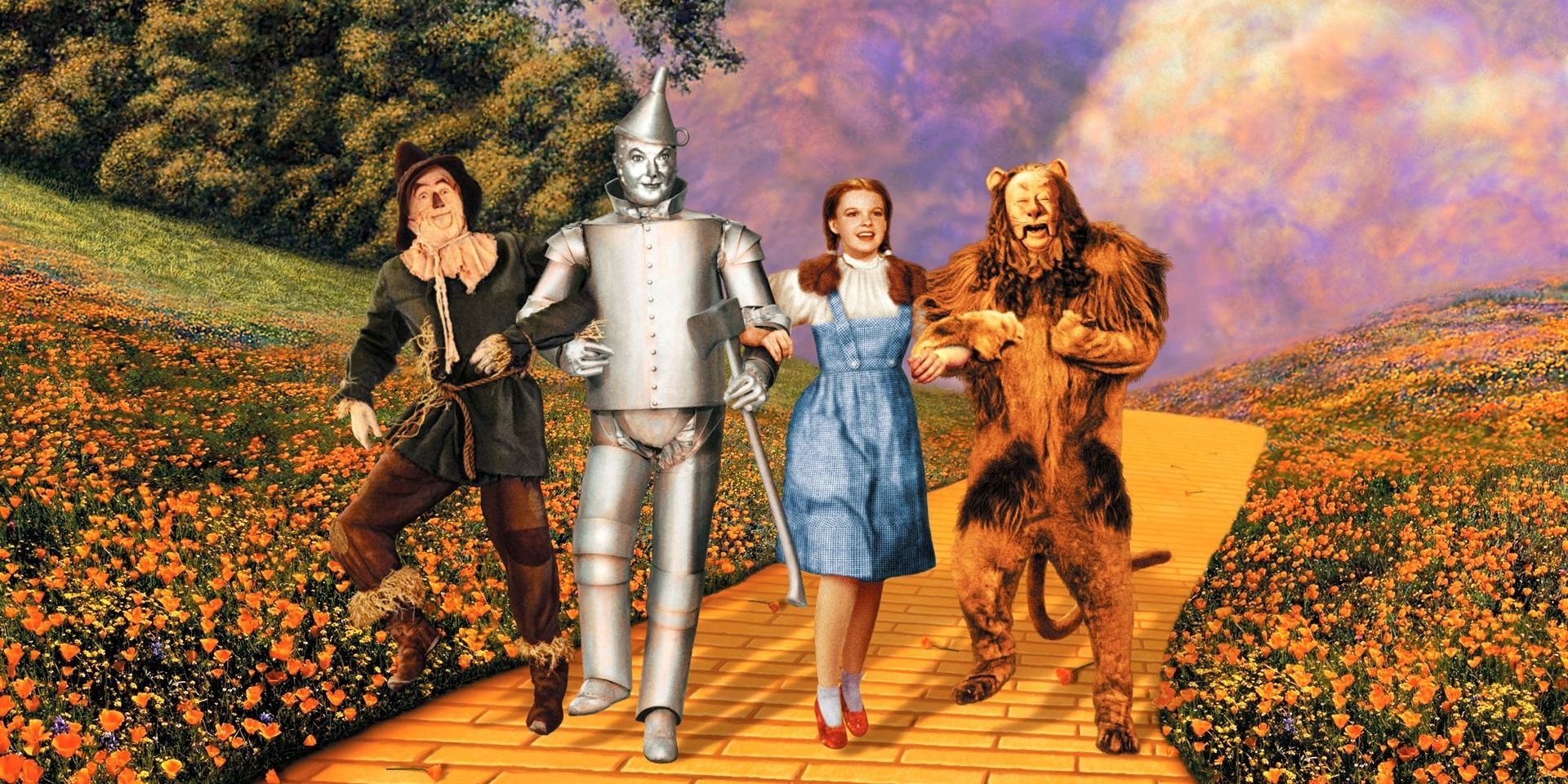While his style is undeniably unique, Quentin Tarantino is known for filling his movies with homages to existing classics. The title of Inglourious Basterds is a misspelled version of an Enzo G. Castellari movie. The eponymous hero’s name in Django Unchained came from a Sergio Corbucci spaghetti western. And Pulp Fiction is a cinematic cocktail containing a plethora of pop culture references.
In his very first movie, Reservoir Dogs, Tarantino instantly established his homage-driven filmmaking style by including references to classic movies that shaped the director's vision and made his films more memorable.
The Taking Of Pelham One Two Three (1974)
After hiring the crew for the jewelry heist, Joe Cabot gives them all color-coded nicknames to protect their identities: Mr. White, Mr. Orange, Mr. Blonde, Mr. Pink, etc. The concept of color-coded thieves came from the classic 1974 film The Taking of Pelham One Two Three. Instead of robbing a jewelry store, the Pelham heist crew hijack a New York subway train.
Apart from Mr. Blue and Mr. Brown, Tarantino uses different colors for his gangster characters than Joseph Sargent did in his ‘70s hit. Reservoir Dogs also borrows the line, “Let’s do it by the books,” from The Taking of Pelham One Two Three.
The Professionals (1966)
After dishing out the color-coded names and silencing all the complaints he gets from the guys who don’t like the colors they’ve been assigned, Joe Cabot says, “Let’s go to work.”
Lawrence Tierney’s delivery in Reservoir Dogs is so iconic that this line is now most commonly associated with Tarantino’s movie, but the quote was actually taken verbatim from Richard Brooks’ 1966 western classic The Professionals. Brooks’ movie follows four mercenaries who are hired to save a wealthy rancher’s kidnapped wife. However, when they find her, they learn that she isn’t being held against her will.
Rashomon (1950)
Akira Kurosawa’s Rashomon is praised as one of the greatest movies ever made. It follows four characters each telling a different version of the same story. Its thesis about the unreliability of witness accounts has led to the coinage of the term “the Rashomon effect.”
According to CinemaBlend, the movie was an influence on Reservoir Dogs’ contradictory accounts of the off-screen heist. Tarantino explained, “I always liked the idea of never seeing [the heist], and I kept that. Although it’s not exactly Rashomon, you do get a sense of the characters’ different perspectives when they talk about what happened.”
Django (1966)
Tarantino has made no secret of the fact that he’s a fan of Sergio Corbucci’s blood-soaked 1966 spaghetti western Django. He borrowed its title character’s name for his own contribution to the spaghetti western canon, Django Unchained.
The director actually referenced Corbucci’s classic long before he offered up his own take on the western. Mr. Blonde cutting off the cop’s ear in Reservoir Dogs is a nod to one of Major Jackson’s henchmen cutting off a man’s ear in Django. Django takes the violence a step further, though, as the man is forced to eat his own ear.
The Killing (1956)
Tarantino’s script for Reservoir Dogs was revolutionary for its nonlinear structure, but it wasn’t the first nonlinear heist movie. Stanley Kubrick’s The Killing borrowed its out-of-order storytelling from the novel it was based on, Lionel White’s Clean Break. Both movies tell the story of a meticulously planned heist that goes awry when the bullets start flying.
According to /Film, Tarantino was heavily influenced by The Killing in writing Reservoir Dogs. The writer-director said, “I did think of [Reservoir Dogs] as my Killing, my take on that kind of heist movie.”
The Great Escape (1963)
When Mr. Brown explains the hidden meaning of Madonna’s “Like a Virgin” in the opening diner scene, he says, “One day, she meets this John Holmes motherf***** and it’s like, whoa, baby, I mean, this cat is like Charles Bronson in The Great Escape – he’s digging tunnels.”
Charles Bronson’s character in John Sturges’ WWII epic The Great Escape is an integral part of the escape team who digs under the prison camp and tunnels his fellow P.O.W.s a way out. The opening scene of Reservoir Dogs establishes Tarantino’s pop culture-heavy style with a pop culture reference within a pop culture reference.
A Clockwork Orange (1971)
Easily the most shocking scene in Reservoir Dogs is the torture scene in which Mr. Blonde dances around to Stealers Wheel’s “Stuck in the Middle with You” while carving up a helpless cop tied to a chair. What makes the scene so effective is the juxtaposition of a whimsical pop hit against a heinous violent act.
This is a nod to a similar torture scene in Stanley Kubrick’s A Clockwork Orange. Alex DeLarge mercilessly beats a writer and sexually assaults his wife while gleefully singing “Singin’ in the Rain.”
City On Fire (1987)
Tarantino borrowed so much from Ringo Lam’s City on Fire that Reservoir Dogs has even been accused of plagiarizing it. City on Fire tells the story of an undercover cop who infiltrates a gang of jewel thieves and gets wounded when the heist goes wrong.
Essentially, Tarantino took the climax of City on Fire and stretched it to feature-length. Rather than a rip-off, Reservoir Dogs is more of a work of postmodernism building on its influences.
The Thing (1982)
According to The Telegraph, Tarantino said, “Reservoir Dogs was very much influenced by The Thing.” On the surface, it may not seem like Reservoir Dogs and John Carpenter’s The Thing have anything in common. One is a stylish crime thriller and the other is a chilling sci-fi horror movie about a shapeshifting alien.
But they’re both about the paranoia that sets in when a thick-as-thieves group realizes there’s an intruder among them in a confined space. Both movies culminate in a bleak ending that seems inevitable from the beginning.
The Wizard Of Oz (1939)
As a family-friendly fantasy adventure, The Wizard of Oz couldn’t be further tonally from a gritty crime movie like Reservoir Dogs. But Tarantino lifted a quote directly from Dorothy’s iconic journey down the yellow brick road.
When Mr. Blonde is dousing the tortured cop in gasoline, preparing to set him on fire, he says, “How ‘bout some fire, scarecrow?” In The Wizard of Oz, the Wicked Witch of the West says this to the Scarecrow. Fortunately, Mr. Blonde is shot just before he can set the cop alight.

